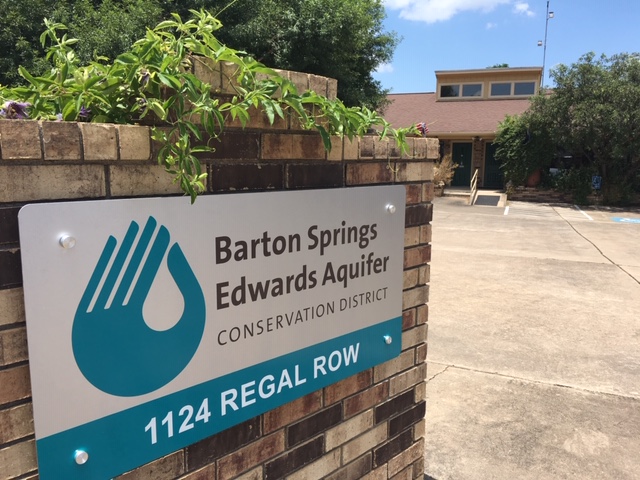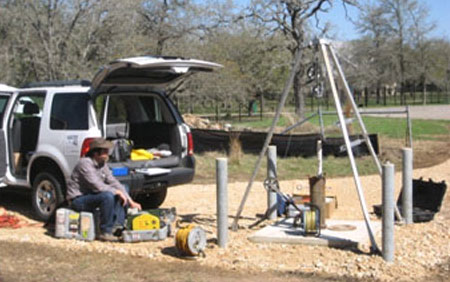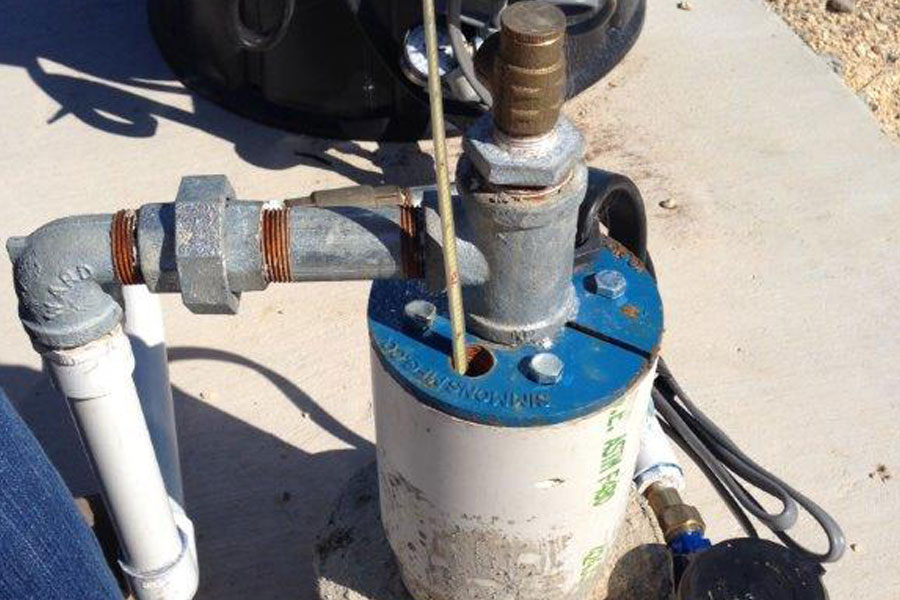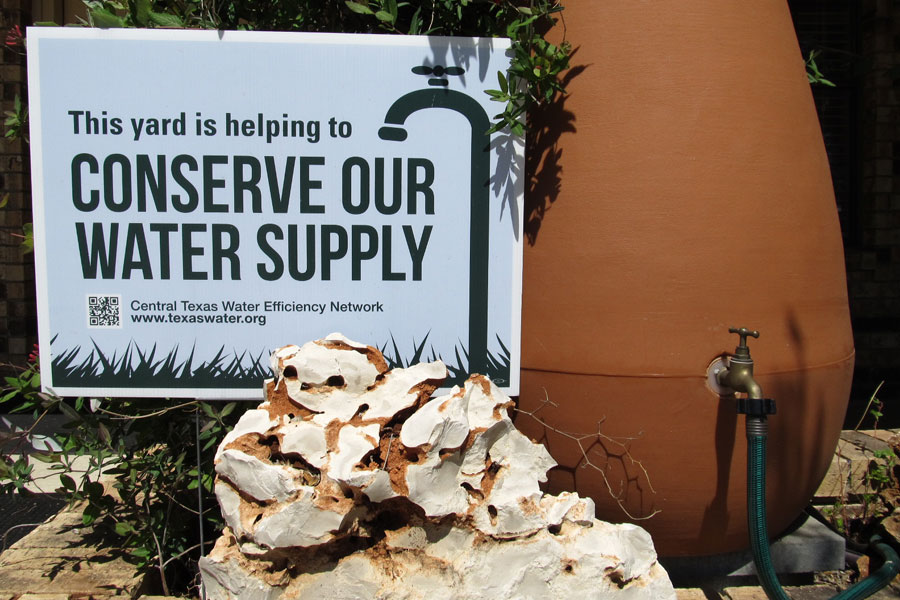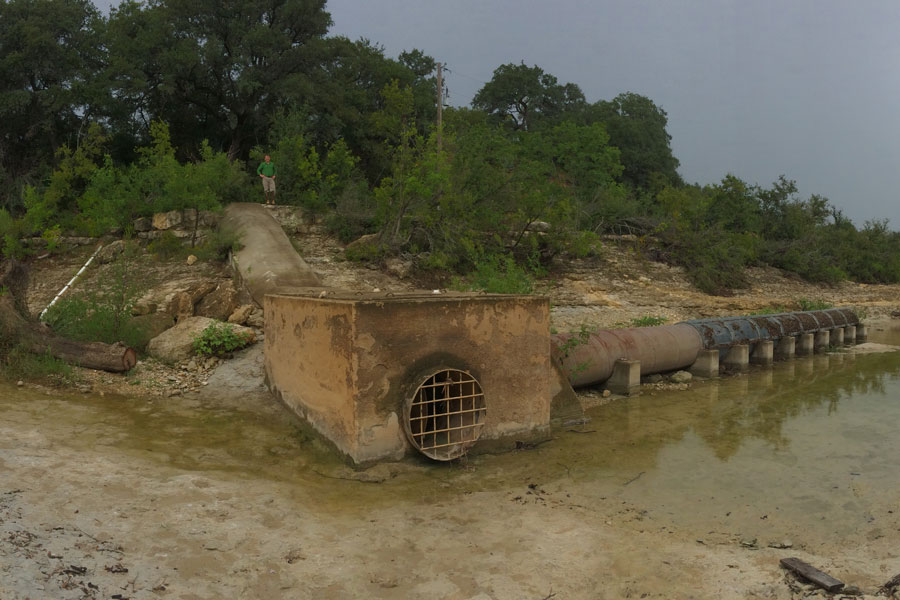Latest Drought Update – Jan. 27, 2022
Below is the District’s latest drought update. You can also find it in our newsletter: January 2022 Newsletter. The newsletter article also includes graphics.
As of January 2022, La Niña is likely near its “peak strength” according to the National Oceanic and Atmospheric Administration (NOAA). This is likely to cause continued warm and dry climactic conditions across Central Texas. Since NOAA declared La Niña on October 14, 2021, the Texas Hill Country has received 3.5 inches of rain leaving 4 of the last 5 months drier than average. Without the 6.5 inches last October we’d be in real trouble. The good news is climate forecasters favor a transition from La Nina to neutral conditions (neither La Niña or El Niño) in the April-June period, possibly returning us to average rainfall in the wettest part of the year.
The drier than usual conditions have had a negative impact on regional aquifers. Water levels in the Edwards and Barton Springs flow began to drop in mid-December 2021. Trinity water levels only just recently began to fall earlier this month and Jacob’s Well flow is slowly declining too. If it feels like La Niña is winning, she is.
Currently we are not in drought. The Lovelady monitor well is 11 feet above Alarm Stage Drought threshold, but with the rate of water level decline, and little rain in the immediate forecast, we could cross into Alarm Stage Drought as soon as mid-March. Barton Springs could also cross under its Alarm Stage Drought threshold as early as mid-February.
We can’t say with any certainty that La Nina will return to neutral conditions in the next few months, as is currently forecast, or that rainfall will return to normal. The outcome of February through April is as hard to predict as an NFL playoff game. Let’s hope the prediction is accurate and we see a few months of average rainfall before another hot, dry Central Texas summer.
